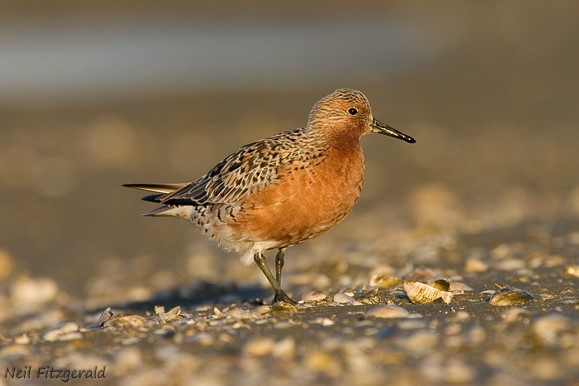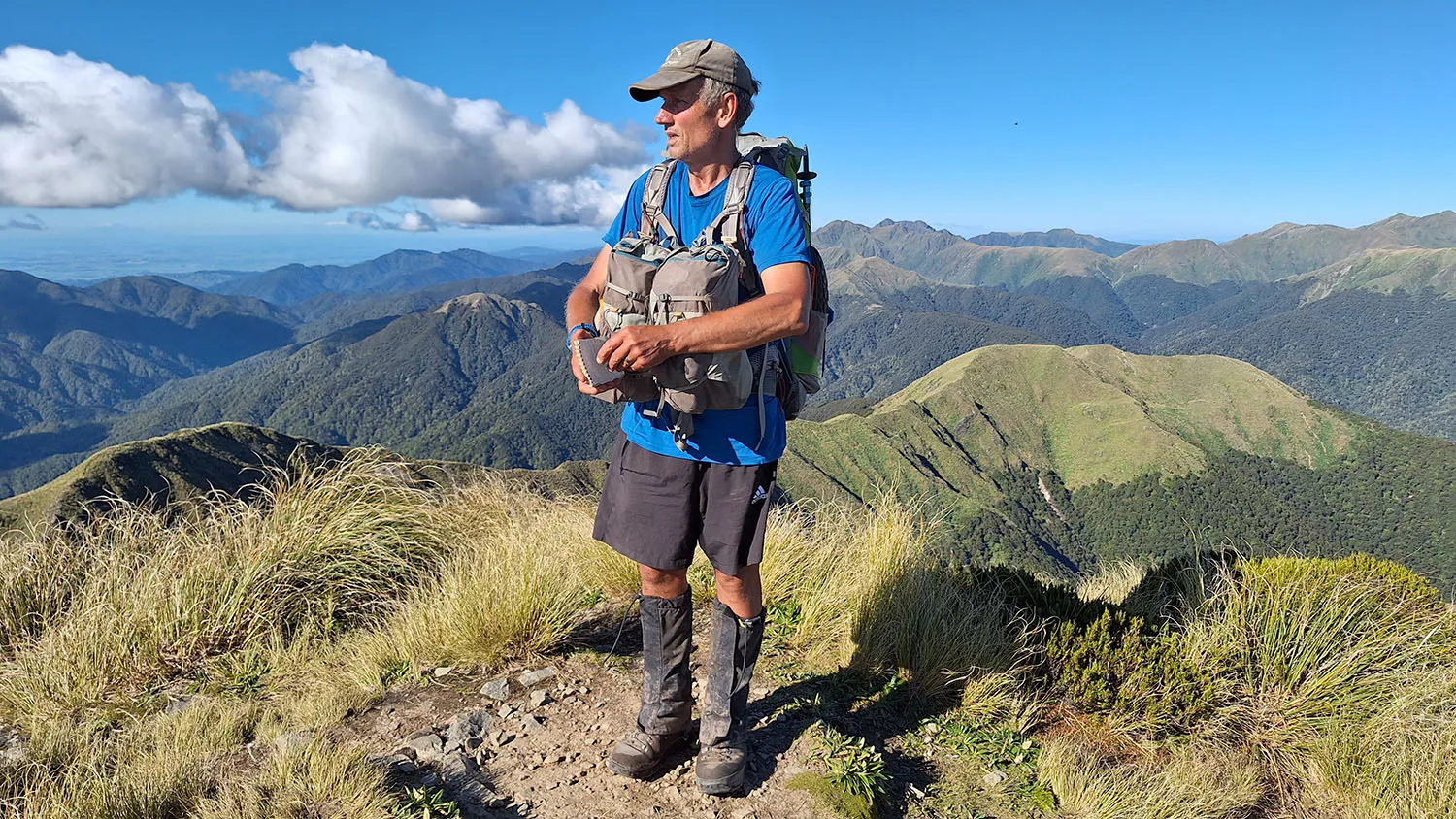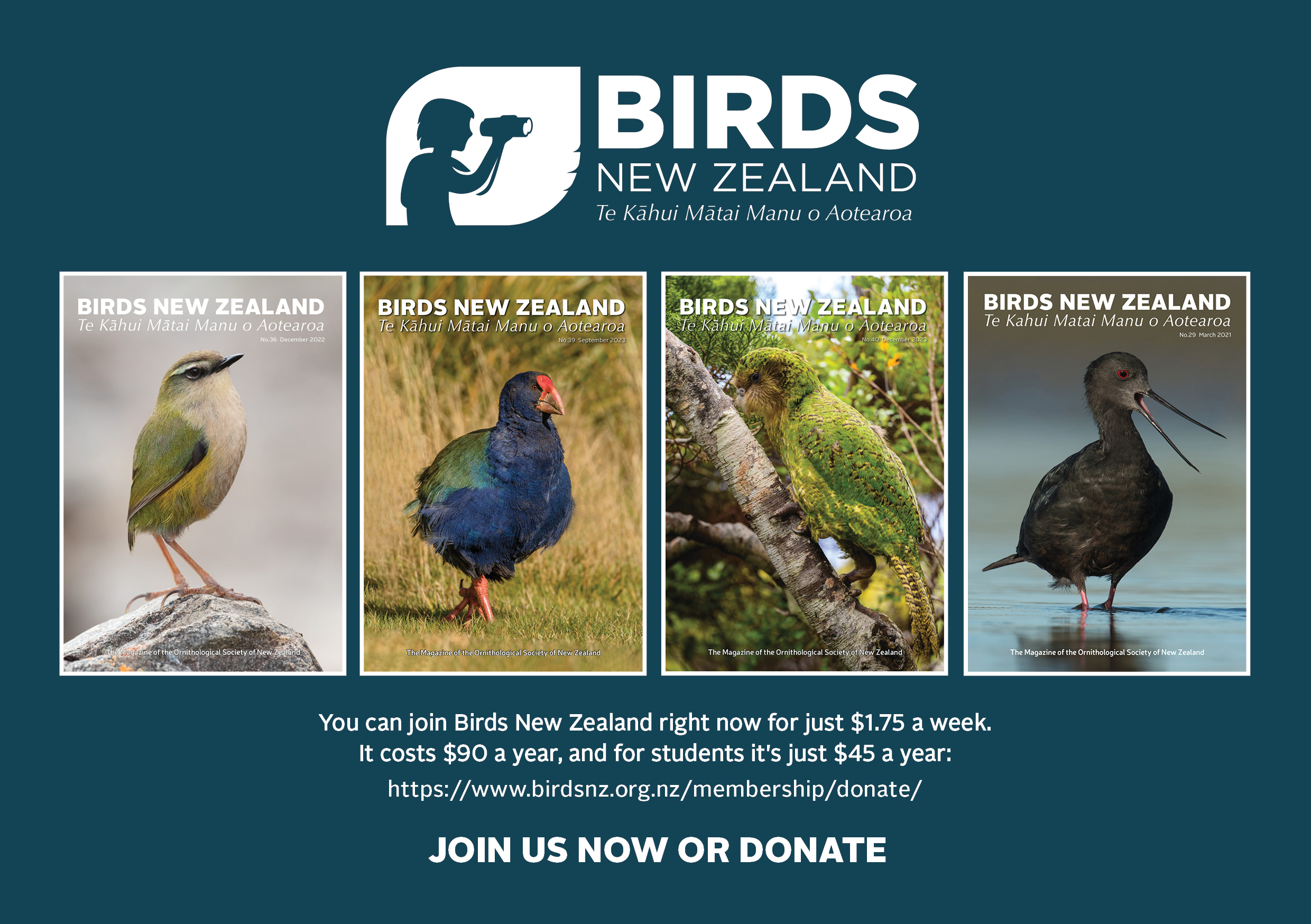Get a bird’s eye view with our free e-newsletter!
April 11th, 2025
Get updates on the results of new bird research, seasonal tips on birds to watch out for and how to improve your ornithological and birding skills, and ways to get involved with our regular surveys and field trips.
Kia ora koutou and welcome to our March 2025 e-newsletter.
In this issue we preview our upcoming annual conference in Auckland and report on Council member Colin Miskelly receiving the prestigious Cranwell Medal. In more news, a recent online workshop has renewed interest in moult studies, and we present a profile of Nelson member and bird bander Willie Cook. We encourage you to share this e-newsletter to help spread the word about the important work that Birds New Zealand and its members are doing to understand Aotearoa New Zealand’s birds and their habitats.
Ngā mihi nui,
Natalie Forsdick, President
 Professor Dianne Brunton
Professor Dianne Brunton
Matt Maitland
2025 NZ Bird Conference & Birds New Zealand AGM
The 2025 NZ Bird Conference and Annual General Meeting will be held in Auckland during King’s Birthday weekend (31 May-2 June). All events will be at the Novotel & IBIS Auckland Ellerslie Hotel. See https://www.birdsnz.org.nz/nz-bird-conference-2025/ for details, or contact your Regional Representative.
The plenary speakers will be Professor Dianne Brunton (University of Auckland) and Matt Maitland (Senior Ranger Open Sanctuaries, Auckland Council). Dianne will present “Highlights from 35 years of researching birdsong, behaviour, and conservation in New Zealand.” Matt will present a “20 year retrospective of Tāwharanui Open Sanctuary”.
30 May 2025 (Friday)18:00 – 19:00 Registration at Novotel & IBIS Auckland Ellerslie Hotel
31 May 2025 (Saturday) at Novotel & IBIS Auckland Ellerslie Hotel
08:00 – 09:00 Registration. Tea/coffee available
09:00 – 09:30 Opening
09:30 – 17:00 Scientific Day One
19:00 Informal Dinner
1 June 2025 (Sunday) at Novotel & IBIS Auckland Ellerslie Hotel
08:00 – 09:00 Registration. Tea/coffee available
09:00 – 15:00 Scientific Day Two
15:30 AGM and Awards
19:00 Conference Dinner
2 June 2025 (Monday) Field trip options
Tiritiri Matangi; Tawharanui Regional Park; Behind the Scenes at the Museum bird collection; Ambury Regional Park; Pelagic trip to Mokohinau Islands.
There will also be a photo competition at the conference.

Colin Miskelly on Mt Crawford: Gordon Miskelly.
Dr Colin Miskelly awarded the Cranwell Medal
Dr Colin Miskelly was awarded the Cranwell Medal for “excellence in communicating science to the general public in any area of science or technology” by the New Zealand Association of Scientists (NZAS) in December 2024, which is among the most prestigious medals awarded across all fields of research in Aotearoa New Zealand. Colin is the curator of vertebrates at Te Papa and a Council member of Birds New Zealand, NZ Checklist convenor and Notornis Editor, and has been instrumental in advancing the understanding of New Zealand’s unique bird species.
In their citation, the NZAS said, “Colin…is one of Aotearoa’s leading and most passionate ornithologists, specialising in bird conservation and the history of science. He has a strong record of public engagement across a range of platforms and has given numerous interviews to the national and international media. He has written over 200 Te Papa science blog posts, contributed to several museum exhibitions and edited several popular books. Perhaps his most significant science communication project to date was his development of ‘New Zealand Birds Online – the digital encyclopaedia of New Zealand Birds’. This website went live in 2013 and is the definitive guide to New Zealand birds, with a webpage for every living, extinct, fossil, vagrant and introduced bird species.”

Juvenile female Fernbird completing partial post-juvenile eccentric moult: Paul Bennett.
Online workshop inspires renewed interest in moult studies
An online workshop about recording moult in the plumage of birds was held by Birds New Zealand on 5 February 2025. Participants joined in from throughout New Zealand with even a few joining in from overseas. In welcoming participants to this first online Birds New Zealand workshop, Dr Natalie Forsdick, President of the Society, summarised the history of the Moult Scheme. The Moult Scheme was launched by the Society in 1981 and has the aim of collecting information on the moult patterns of all New Zealand bird species, and pointed out that numerous questions concerning moult continue to puzzle ornithologists.
Natalie welcomed Dr Santiago Guallar, Collaborator at the Museum of Natural Sciences of Barcelona in Spain and the Catalan Ornithological Institute, and a recognised international specialist on moult. He presented a broad introduction on the subject and made substantial contributions on moult dynamics with case studies throughout the day.
In his introduction Dr Guallar reviewed the reasons, patterns, types, benefits and costs of moult in terms of rate of feather growth, aerodynamics and flight risks for bird survival across various species. Dr Paul Fisher, David Melville, Rob Schuckard and Mike Bell presented moult case studies in Silvereye, South Island Fernbird, South Island Pied Oystercatcher and Swamp Harrier, describing much of what is known, and importantly, raising challenging questions for further research.
Mike Bell described the use of photography to examine moult in Fluttering Shearwaters using photographs provided by eBird observers, a promising tool for studying moult in seabirds that spend most of their lives at sea. On behalf of Graeme Taylor, David Melville described moult studies and techniques in burrowing seabirds, notably the Taiko, Grey-faced Petrel and Flesh-footed Shearwater. Speaking from California, Dr Jesse Conklin’s presentation on individual moult in Bar-tailed Godwits from digital photography shows this method to be helpful yet time-consuming.
Birds New Zealand’s Moult Recording Scheme and its future management was discussed by Bruce McKinlay, while Michelle Bradshaw described the ability to record moult data in the NZ National Bird Banding Scheme FALCON system. Options for recording moult and collating moult records in the future were discussed by Dr Guallar, David Melville and Dr Fisher. A lively Q&A session demonstrated the high level of engagement from participants, covering numerous topics and identifying areas where additional support and future research are desirable. Nearly 100 participants took part in the online workshop. Proceedings were recorded and will be made available as an educational resource on the Birds New Zealand website. Funding for the workshop was provided by the Birds New Zealand Research Fund and online support was kindly provided by Nelson City Council.
IAN ARMITAGE, VICE PRESIDENT

Willie Cook at a recent Red-billed Gull nest count: Maggie Atkinson.
Willie Cook, Nelson-based bird bander
Willie Cook is well known to many of our members in the Nelson region, but for those who have recently joined or haven’t met him he’s wonderful company. He arrived in New Zealand in 1961 (aged 23) from his Tayside home near St Andrews in Scotland. He says he can’t remember a time when he wasn’t fascinated by birds. He’s been known to reminisce about his early years in the Caledonian pine forests watching Red Squirrels, Red Grouse and Roe Deer. Initially living in Rotorua, Willie moved to his current property in 1968 where he got involved with horticulture.
It wasn’t long before Willie met up with Dr Graeme Elliot who was researching aspects of the Waimea Estuary and together with Don Cooper started trapping to try to save a rapidly declining Banded Rail population. It’s hard to imagine this now, in an era where we are fortunate enough to see traps set in so many areas, but back in the 1980s the idea was being postulated that everything should be left alone as ‘equilibrium’ would eventually be reached! Trapping was almost unheard of, and Willie ran into much negativity, with traps being destroyed. Thankfully the trapping of over 400 stoats has allowed Banded Rail and other bird species to survive and while not an everyday sight they are doing OK in our area. He says that one thing that truly makes him happy is the change in attitudes towards conservation and seeing the efforts from so many to help conserve what we almost destroyed.
Willie has also been involved in much more. Since retiring he has volunteered with the DSIR and DOC on many projects. These have taken him to such wonderful places as the Chatham Islands, Antarctica, and the Kermadec Islands. He is a level 3 bander and as well as netting and banding birds he has been involved with the translocation of several species, including Yellow-crowned Kakariki and Fluttering Shearwater in the Marlborough Sounds.
PAUL BENNETT

Red Knot in breeding plumage: Neil Fitzgerald/NZ Birds Online.
Birds to look out for in March-April
Now is a good time of year to watch out for flocks of migratory wading birds as they gather before migrating north thousands of kilometres to their Arctic breeding grounds in Siberia and North America. The most numerous species in these flocks are Bar-tailed Godwit, Red Knot, Ruddy Turnstone, Pacific Golden Plover and Red-necked Stint. It’s also worth checking these flocks for less common migrants such as Curlew Sandpiper, Marsh Sandpiper, Whimbrel, Eastern Curlew, Greater Sand Plover, Hudsonian Godwit, Black-tailed Godwit and Great Knot. New Zealand breeding wading bird species such as Wrybill, Banded Dotterel, South Island Pied Oystercatcher and Black Stilt are also making their annual domestic migrations from their South Island breeding grounds to wintering sites on the coast of the South Island and to the North Island.
A synopsis of game bird banding in New Zealand to year 2000
Birds New Zealand recently published a new account of the history of game bird banding in Aotearoa New Zealand, written by Past President Murray Williams. The narrative summarises the scales, locations, and durations of bandings of each game bird species, quantifies the recovery records for each, and reports on all published outcomes arising from the banding activities. Published as part of our OSNZ Occasional Publications series, it can be viewed online here: https://www.birdsnz.org.nz/societypublications/occasional-publications/

Join Us Now
Since 2013 the Birds New Zealand Research Fund and Project Assistance Fund have supported 16 NZ penguin research projects with grants, including Kororā Little Penguin satellite tracking and foraging studies, Tawaki Fiordland Crested Penguin tracking and population studies, and a population genetics study of New Zealand’s crested penguins.
You can join Birds New Zealand now for just $1.75 a week. That’s $90 a year, and for students it’s just $45 a year. Members receive 4 copies a year of our colour magazine Birds New Zealand and our acclaimed scientific journal, Notornis. Members also receive occasional special editions of Notornis and discount offers on books about birds, opportunities to take part in field trips and surveys, and hear speakers at branch meetings, a free Birds New Zealand branded sticker and lens cloth, and early-bird discount for our annual conference (31 May-2 June 2025 in Auckland). Membership subscriptions and donations help to fund the important work of our charitable society: https://www.birdsnz.org.nz/membership/join-now/